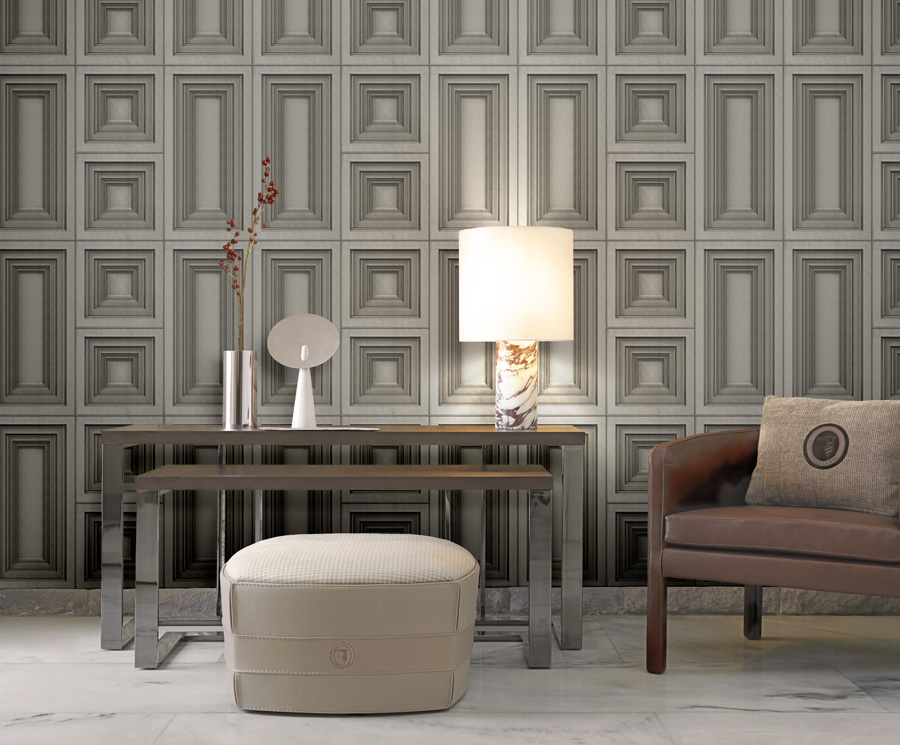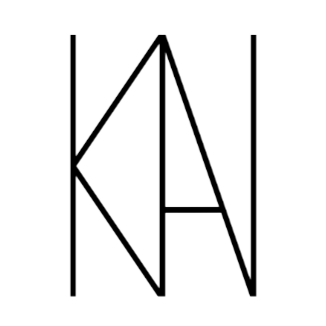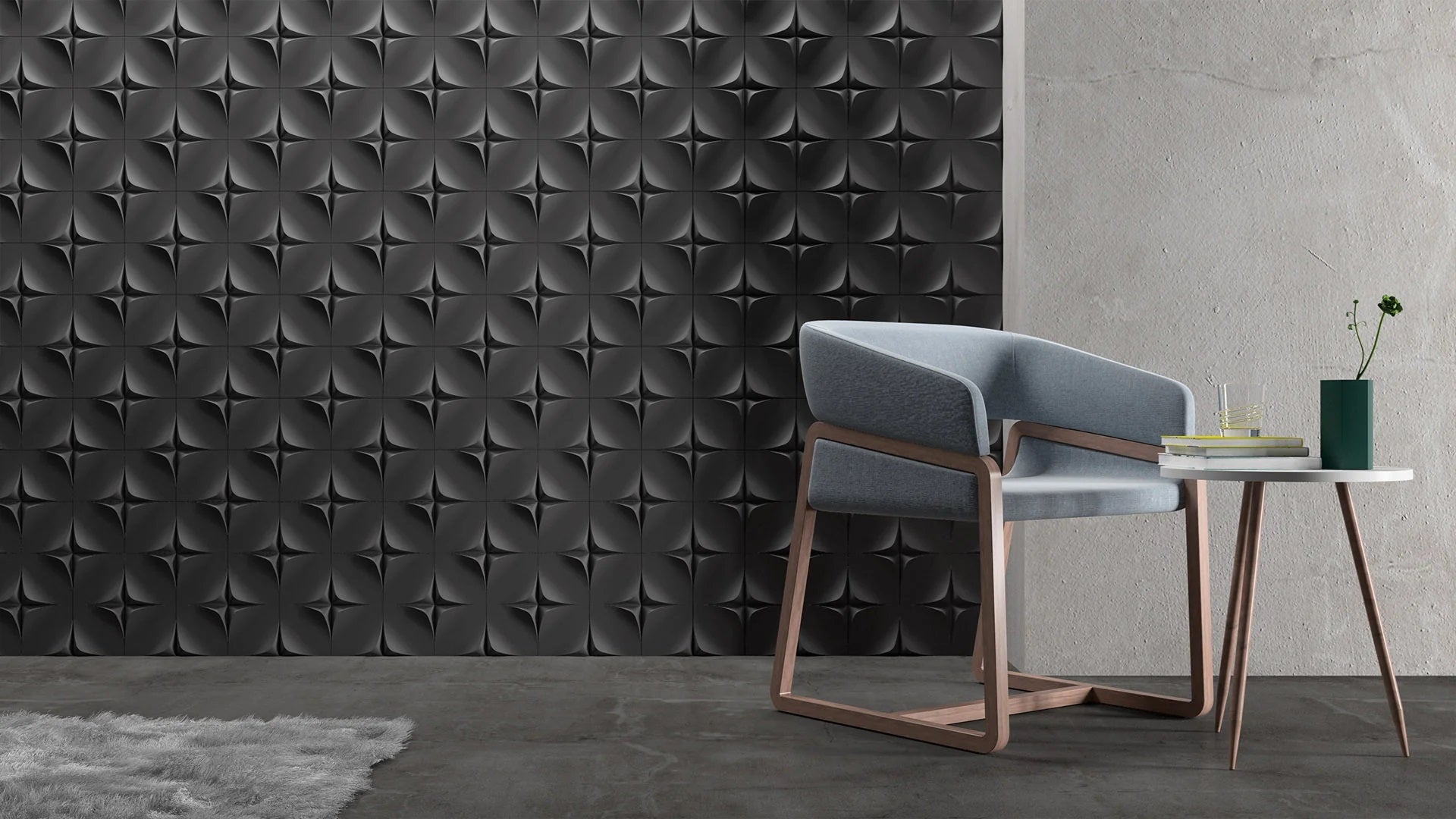Table of Contents
Introduction: Transforming Spaces with 3D Wall Designs
3D wall decor has revolutionized interior design, offering an innovative way to add depth, texture, and personality to any space. Unlike traditional flat surfaces, 3D designs create a visual and tactile experience that elevates the look and feel of a room. Whether you’re aiming for a minimalist aesthetic, a cozy atmosphere, or a bold statement, 3D wall decor allows you to customize your walls to fit your vision.
Among the most popular options for 3D wall design are 3D wall panels and 3D wallpaper. Both serve as excellent tools for transforming interiors, but they cater to different needs and preferences.
- 3D Wall Panels: Made from durable materials like gypsum, wood, PVC, or felt, these panels bring a structural element to walls. They’re ideal for creating a premium look and often come with options for customization, including paintability and LED integration.
- 3D Wallpaper: A lightweight and cost-effective alternative, 3D wallpaper mimics the look of 3D designs without the dimensional depth of panels. It’s a versatile choice for feature walls and quick makeovers.
In this article, we’ll explore the differences between these two options, comparing their materials, durability, aesthetics, and more to help you decide which is best for your space. For a deeper dive into the materials and types of wall panels, check out our comprehensive guide to wall panel materials
Material and Durability
When selecting between 3D wall panels and 3D wallpaper, understanding the materials used and their durability is crucial. Here's a breakdown of each option:
3D Wall Panels
-
Materials: Commonly crafted from gypsum, wood, PVC, foam, metal, felt, or concrete. Each material offers unique properties:
- Gypsum: Known for its sleek appearance and durability.
- Wood: Provides a warm, natural aesthetic.
- PVC: Lightweight and moisture-resistant.
- Foam: Offers excellent sound absorption.
- Metal: Adds an industrial, modern touch.
- Felt: Soft texture with acoustic benefits.
- Concrete: Delivers a bold, industrial look.
-
Durability: Generally robust and long-lasting, especially when made from materials like gypsum, wood, or metal. They resist wear and tear, making them suitable for high-traffic areas.
3D Wallpaper
-
Materials: Typically made from vinyl, PVC, or fabric. Vinyl is popular due to its moisture resistance, making it ideal for various rooms. Design Cafe
-
Durability: While modern 3D wallpapers are designed to be durable, they may not match the longevity of solid panels. They are more susceptible to damage from impacts and may require more frequent replacement in high-traffic areas.
Key Takeaway: If longevity and robustness are priorities, 3D wall panels offer superior durability. For a more flexible and cost-effective solution, 3D wallpaper is a viable option.
For a detailed comparison of different wall panel materials, refer to our comprehensive guide to wall panel materials.
Aesthetic Versatility
The visual appeal of 3D wall decor is one of its biggest draws, with both 3D wall panels and 3D wallpaper offering diverse design options to fit various styles. However, the level of depth, texture, and customization sets them apart.

3D Wall Panels
-
Variety of Patterns and Textures:
3D wall panels excel in offering tactile depth and dimension, making them perfect for creating feature walls with standout textures. Popular patterns include:- Slat-Style Panels: Sleek and modern, great for minimalist and contemporary interiors.
- Geometric Designs: Hexagons, diamonds, and other shapes that add energy and modernity to a space.
- Organic Patterns: Flowing, nature-inspired designs for calming, tranquil aesthetics.
-
Customization Options:
- Paintability: Most 3D wall panels, especially gypsum and wood, can be painted to match or complement your room’s color scheme, offering near-unlimited customization.
- LED Integration: Panels like gypsum and PVC can incorporate LED lighting, creating ambient illumination that enhances the room’s mood and style.
-
Impact:
3D panels create a bold, structural element that brings luxury and refinement to any room. They are ideal for spaces where you want the walls to be a design focal point.
3D Wallpaper
-
Variety of Patterns and Textures:
While 3D wallpaper doesn’t offer true physical texture, it uses clever printing techniques to simulate depth and dimension. Popular styles include:- Brick or Stone Effects: Ideal for industrial or rustic designs.
- Abstract Designs: Vibrant, artistic prints that energize a space.
- Nature-Inspired Motifs: Forests, ripples, or botanical themes for a serene atmosphere.
-
Customization Options:
- Pre-Designed: While there is a wide range of pre-made designs, 3D wallpaper doesn’t offer the same level of customization as wall panels.
- LED Integration: Not compatible, as wallpaper cannot integrate lighting features.
-
Impact:
3D wallpaper creates a visual illusion of depth without adding physical texture. It’s best for quick makeovers or temporary spaces where affordability and ease are priorities.
Key Takeaway
For rooms that demand true texture and the flexibility to incorporate custom colors or lighting, 3D wall panels are unmatched in their aesthetic versatility. For cost-effective visual impact without structural changes, 3D wallpaper can still make a strong statement.
Installation Process
When deciding between 3D wall panels and 3D wallpaper, the installation process is an essential factor to consider. Both options cater to different skill levels, budgets, and timelines, making it important to evaluate your specific needs.
3D Wall Panels
-
Installation Complexity:
- Installation varies based on the material. Lightweight panels like PVC or foam are more DIY-friendly, while heavier materials like gypsum, wood, or concrete require professional installation for precision.
- Panels may need tools for cutting, leveling, and securing, especially for large-scale projects.
-
Preparation:
- Walls must be clean, dry, and flat to ensure proper adhesion or mounting.
- LED-integrated panels may require electrical work to incorporate ambient lighting, adding to the installation time and cost.
-
Time and Labor:
- DIY-Friendly Options: PVC and foam panels can be installed relatively quickly with adhesive or interlocking systems.
- Professional Installation: Gypsum, wood, or concrete panels can take several hours to days depending on the complexity and size of the project.

For an in-depth look at installation tips for gypsum / plaster wall panels, explore our installation and customization guide.
3D Wallpaper
-
Installation Complexity:
- Designed for simplicity, 3D wallpaper is one of the easiest decor solutions for homeowners. Most wallpapers are peel-and-stick or require paste, making them highly DIY-friendly.
-
Preparation:
- Walls need to be smooth and free of debris for a seamless application.
- No additional tools or electrical setup required.
-
Time and Labor:
- Installing 3D wallpaper is much faster compared to wall panels. Even large walls can be completed within a few hours.
- Requires minimal expertise, making it an ideal choice for renters or those looking for quick transformations.
Key Takeaway
If you’re prioritizing ease and speed, 3D wallpaper is a hassle-free option suitable for DIY enthusiasts. However, for those seeking a more permanent and premium solution, 3D wall panels deliver superior results but may require professional installation for best outcomes.
Maintenance and Cleaning
The longevity and appearance of your 3D wall decor depend on how easy it is to maintain and clean. Here’s a comparison of 3D wall panels and 3D wallpaper in terms of upkeep:
3D Wall Panels
-
Ease of Cleaning:
- Materials like PVC, gypsum, and metal are straightforward to clean with a damp cloth or mild cleaning solution.
- Wood panels require occasional polishing or sealing to prevent warping or wear.
- Felt panels, while stylish and acoustic-friendly, can collect dust and may require vacuuming or specialized cleaning tools.
-
Resistance to Stains and Moisture:
- PVC Panels: Highly resistant to moisture and stains, making them ideal for kitchens or bathrooms.
- Gypsum Panels: Durable but not waterproof; avoid using them in damp environments without proper sealing.
- Foam Panels: Prone to dents and stains; best for low-traffic areas.
-
Longevity:
- Wall panels generally last longer than wallpaper, particularly if made from durable materials like gypsum or concrete.
- Regular cleaning and maintenance can extend their lifespan, keeping them in pristine condition for years.
3D Wallpaper
-
Ease of Cleaning:
- Most 3D wallpapers are made of vinyl or PVC, which makes them wipeable and relatively easy to clean.
- Fabric-based wallpapers may require more careful handling and are less resistant to stains.
-
Resistance to Stains and Moisture:
- While some 3D wallpapers are moisture-resistant, they are more susceptible to peeling or damage in high-humidity areas compared to panels.
-
Longevity:
- 3D wallpaper is less durable and more prone to wear and tear, especially in high-traffic areas.
- Replacing damaged sections can be challenging, as matching patterns or textures may be difficult.
Key Takeaway
For long-term use and minimal upkeep, 3D wall panels made from PVC or gypsum are the superior choice. 3D wallpaper is better suited for areas with less wear and tear or for temporary design updates.
Cost Comparison: Evaluating Long-Term Value
When deciding between 3D wall panels and 3D wallpaper, cost is an important factor to weigh. Both options cater to different budgets and design needs, but they also differ in terms of long-term value and durability. Here’s how they compare:
3D Wall Panels
-
Material Costs:
- Gypsum Panels: Positioned as a premium choice, gypsum panels balance durability and aesthetic appeal. While they are moderately priced to high depending on design intricacy and LED integration, they offer long-term value for those seeking high-quality finishes.
-
Other Materials:
- Wood: Offers warmth and texture but can be more expensive, particularly for hardwood varieties.
- PVC: Affordable and practical, making it a budget-friendly option for those prioritizing ease of maintenance.
- Concrete and Metal: Typically priced higher due to their weight and niche design appeal.
-
Installation Costs:
- Professional installation is recommended for gypsum, wood, and concrete panels to achieve a seamless look, especially for larger spaces or custom designs.
- PVC and foam panels are DIY-friendly, reducing labor costs but lacking the premium look and durability of other materials.
-
Maintenance Costs:
- Gypsum panels require minimal upkeep, with easy cleaning and long-lasting finishes that justify their initial investment.
- Other materials, like wood and felt, may need periodic care, while PVC offers a low-maintenance solution.
3D Wallpaper
-
Material Costs:
- 3D wallpaper is a cost-effective solution, typically ranging from €50–€150 per square meter for vinyl or fabric-based designs. While affordable, its visual appeal is limited to printed patterns without true texture.
-
Installation Costs:
- DIY installation is straightforward and eliminates labor costs, making wallpaper an accessible choice for renters or quick room updates. Professional installation, if needed, is affordable but less justified given its shorter lifespan.
-
Maintenance Costs:
- 3D wallpaper is prone to peeling, damage, and fading over time, particularly in high-traffic or humid areas. These factors can lead to higher replacement expenses over the years.
Key Takeaway: Balancing Cost and Value
For short-term design updates or budget-conscious projects, 3D wallpaper provides an affordable and visually impactful option. However, for those seeking a more permanent, durable solution with superior aesthetic and functional benefits, 3D wall panels, especially gypsum, offer a greater return on investment. The choice ultimately depends on your priorities: affordability and ease or longevity and customization.
Applications and Use Cases
Choosing between 3D wall panels and 3D wallpaper depends largely on the intended application and the specific needs of the space. Here’s how each option performs across different environments:
3D Wall Panels
Best Applications:
- Living Rooms: Gypsum or wood panels create striking feature walls that elevate the room’s ambiance with a premium finish. LED-integrated panels add a layer of sophistication and functionality.
- Gaming Rooms: Panels with geometric or slat patterns bring depth and energy to the room. Materials like PVC or gypsum work well for integrating LED lighting for an immersive atmosphere.
- Offices and Commercial Spaces: Durable and professional, metal or gypsum panels are ideal for creating a polished, high-end look. Acoustic-friendly felt panels enhance sound quality in meeting rooms or creative spaces.
- Bathrooms and Kitchens: PVC panels are moisture-resistant and easy to clean, making them perfect for areas with high humidity.

3D Wallpaper
Best Applications:
- Bedrooms: Textured 3D wallpaper, featuring embossed or raised designs, adds personality and depth to feature walls, creating a cozy and stylish ambiance.
- Feature Walls in Rental Spaces: Peel-and-stick textured wallpaper allows renters to achieve a more sophisticated look without permanent alterations.
- Temporary or Budget-Friendly Updates: Ideal for spaces where longevity isn’t a priority, textured wallpaper can emulate the visual impact of wall panels at a lower cost.
- Low-Traffic Areas: While textured wallpapers are more durable than traditional ones, they are best suited for areas with minimal wear and tear to preserve their raised patterns.
Key Differences in Applications:

Key Takeaway
For spaces requiring durability, depth, and a premium aesthetic, 3D wall panels are the superior choice. In contrast, 3D wallpaper is perfect for temporary or budget-friendly updates, offering a quick way to add style without the commitment.
Conclusion: Elevating Interiors with the Perfect 3D Wall Decor
Both 3D wall panels and 3D wallpaper offer creative ways to transform spaces, but they cater to different needs and priorities. The choice ultimately depends on your goals, whether it’s achieving a premium, long-lasting design or making a quick, cost-effective style update.
- 3D Wall Panels: A superior option for durability, customization, and creating a tactile, high-end look. They are ideal for homeowners, designers, and commercial projects where longevity and sophistication matter most. Materials like gypsum stand out for their fire resistance (only provided by certified and reputable producers such as Swiss Brand Kandes), eco-friendliness, and versatility, making them a top-tier choice for modern interiors.
- 3D Wallpaper: Perfect for temporary updates, rental spaces, or budget-conscious designs. Textured options provide enhanced visual appeal, but their lack of true depth and shorter lifespan makes them better suited for low-traffic or transitional spaces.
When planning your next project, consider factors like budget, functionality, and the atmosphere you want to create. For a timeless and impactful choice, 3D wall panels consistently deliver superior results.




Share: